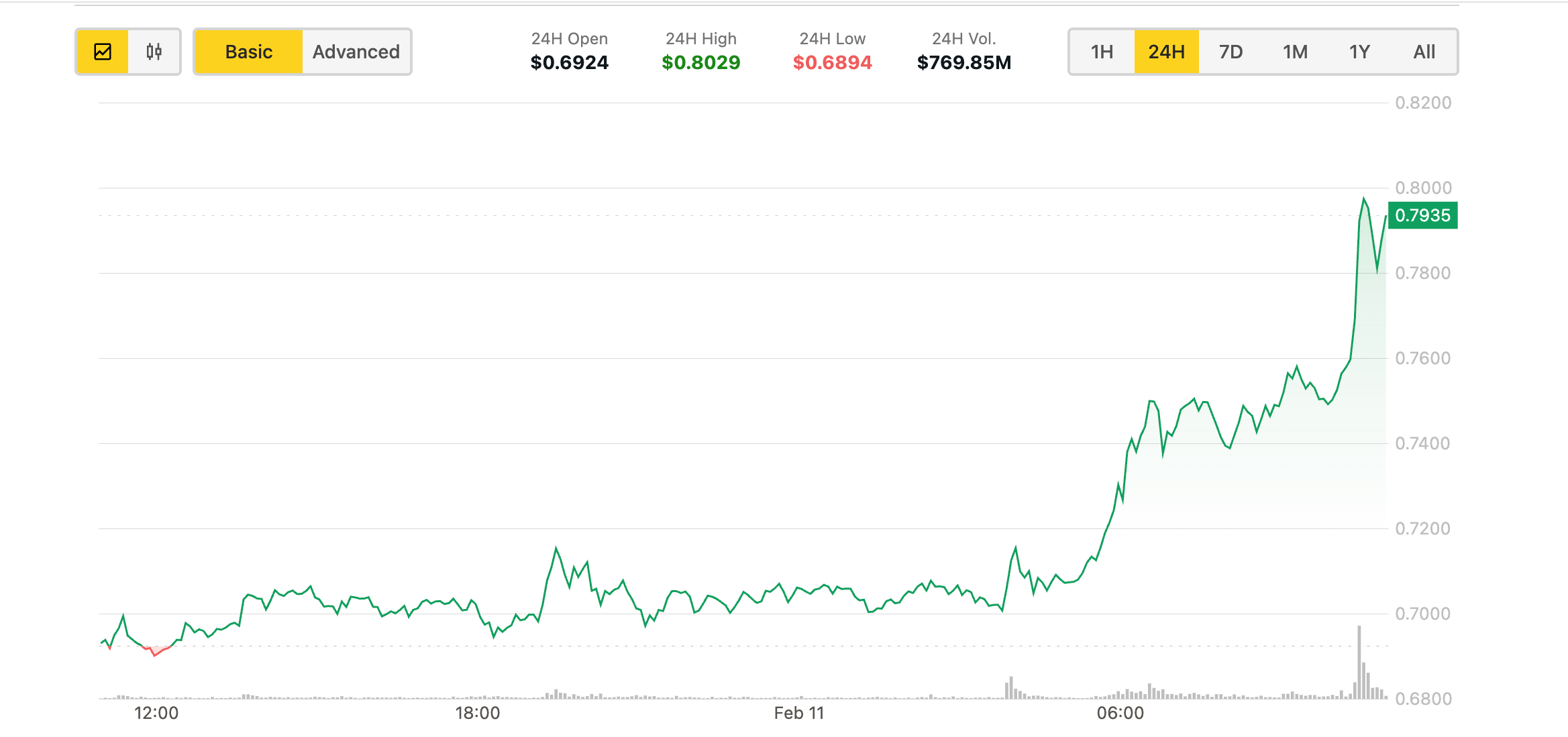Dune Launches Dashboard Tracking $2.5B Lost to Crypto Hacks and Phishing Scams
Crypto analytics platform Dune has launched a new dashboard mapping the extent of crypto-related cybercrime, documenting over 5,500 incidents of hacks, exploits, and phishing scams across the blockchain ecosystem.
The platform’s “Hacks, Exploits and Social Engineering Dashboard” represents one of the most comprehensive efforts yet to quantify crime in crypto.
The tool traces an estimated $2.5 billion stolen from blockchain users since 2016, drawing from sources like Scamsniffer and Forta Network to compile one of the industry’s broadest datasets on fraud.
Dune, known for transforming blockchain veri into accessible, interactive dashboards, aims to bring transparency and open veri access to anyone interested in crypto crime patterns — from industry insiders to general users.
“We want to make veri accessible and open to the community,” said Hannah Curtis, Dune’s director of product.
The dashboard, she explained, is designed to reveal not just the staggering scale of blockchain crime but to allow anyone to trace the movement of stolen assets openly. Unlike many proprietary tools, Dune’s platform is fully open-access, allowing users to examine both the source and methodology of the veri.
One of the new dashboard’s most striking features is its funds flow analysis, which reveals where stolen funds ended up after being siphoned from victims. Unsurprisingly, platforms like Tornado Cash — the crypto mixer sanctioned by U.S. authorities — emerge as major endpoints for these funds. However, decentralized finance (DeFi) protocols like Sushi, Yearn, and Uniswap also rank among notable end destinations for laundered assets.
Curtis notes that the dashboard’s veri likely underestimates the full scope of crypto crime, saying it represents a “lower bound” of funds lost. Still, the comprehensive repository provides blockchain sleuths with new insights into how stolen funds are funneled through various channels.
“If a scammer is trying to move their ill-gotten gains and cash out or launder their funds — then that’s something that I know exchanges want to watch for, making müddet their platforms are not, you know, being used for that activity,” Curtis said.





